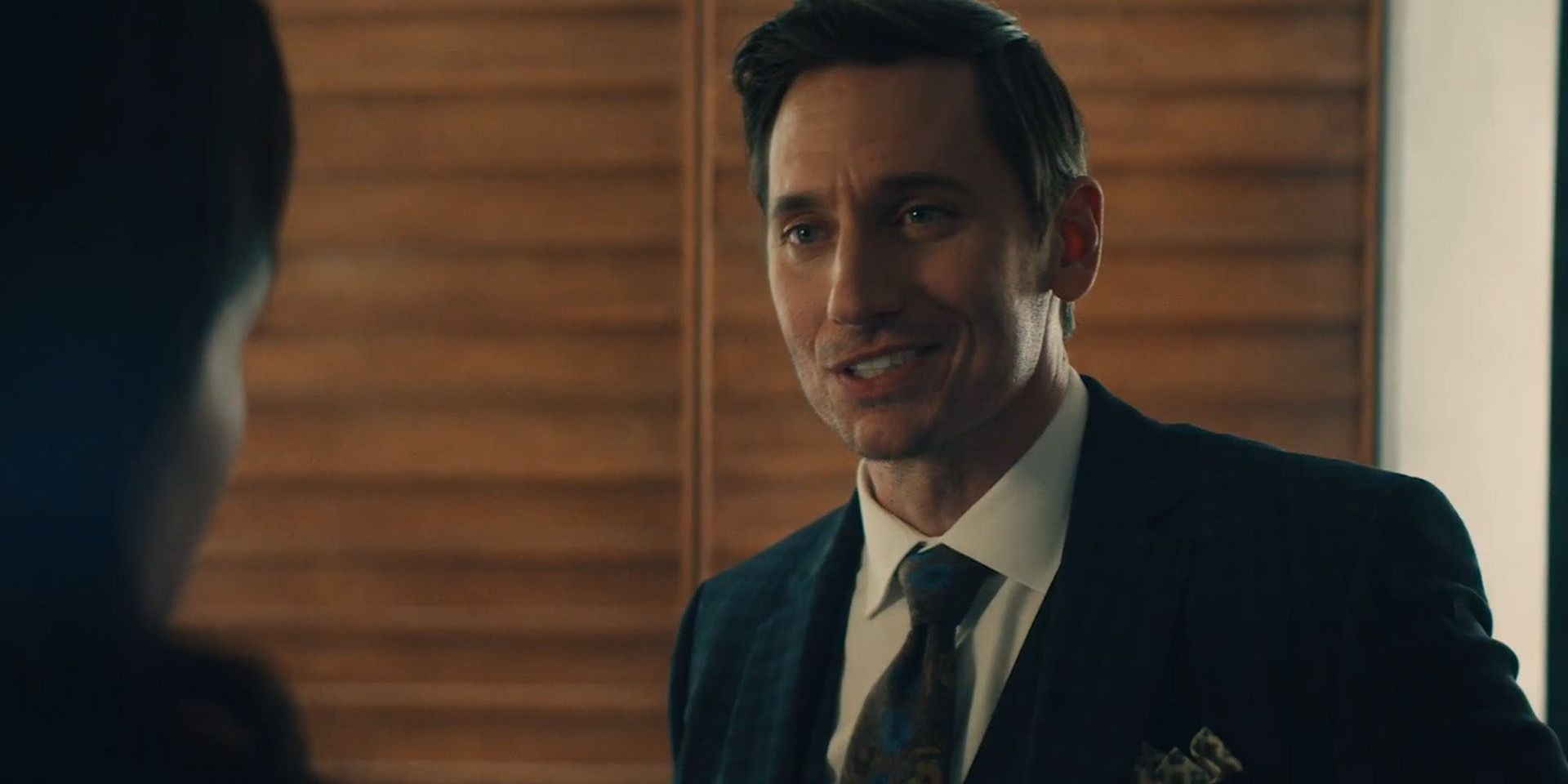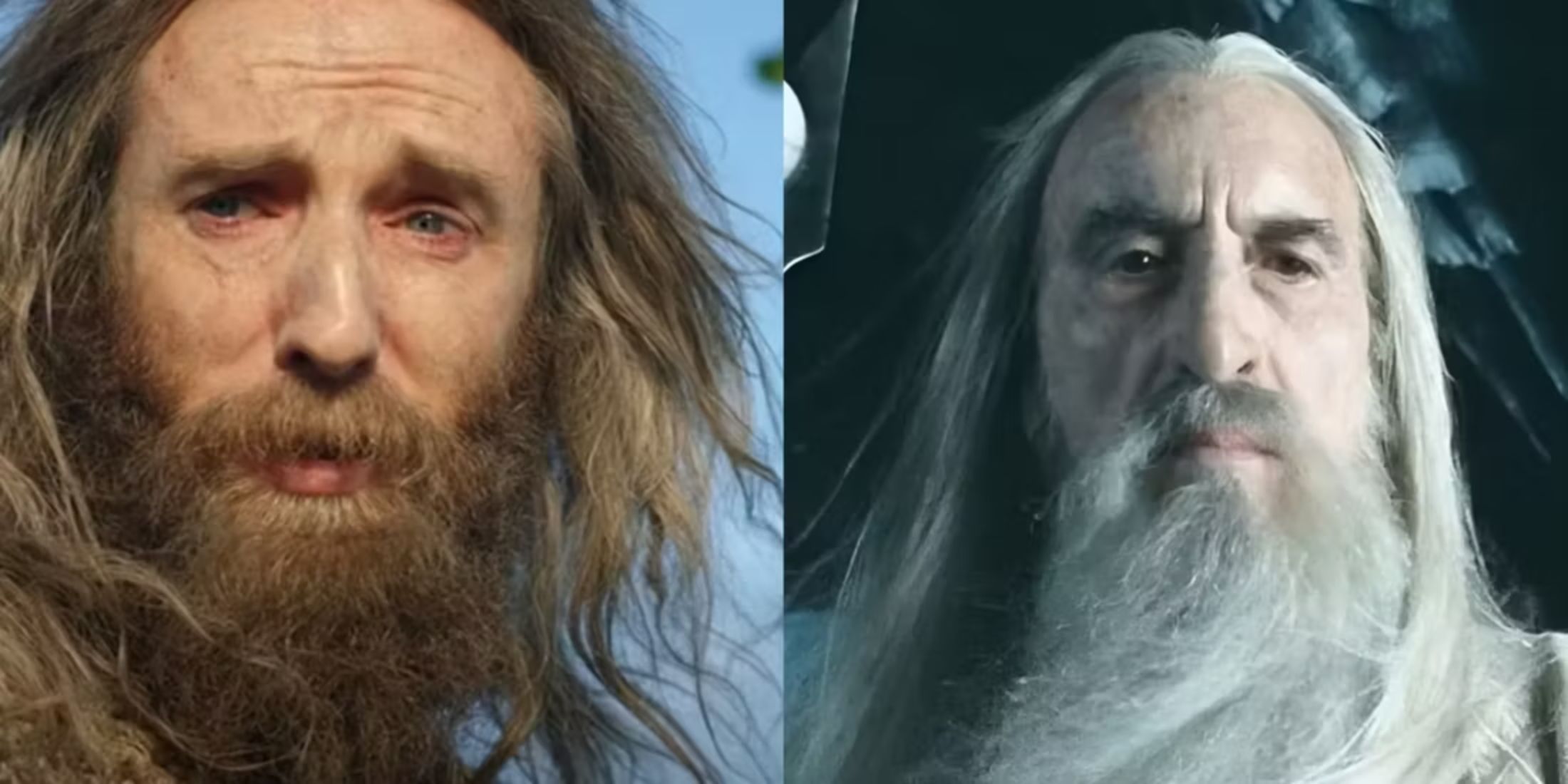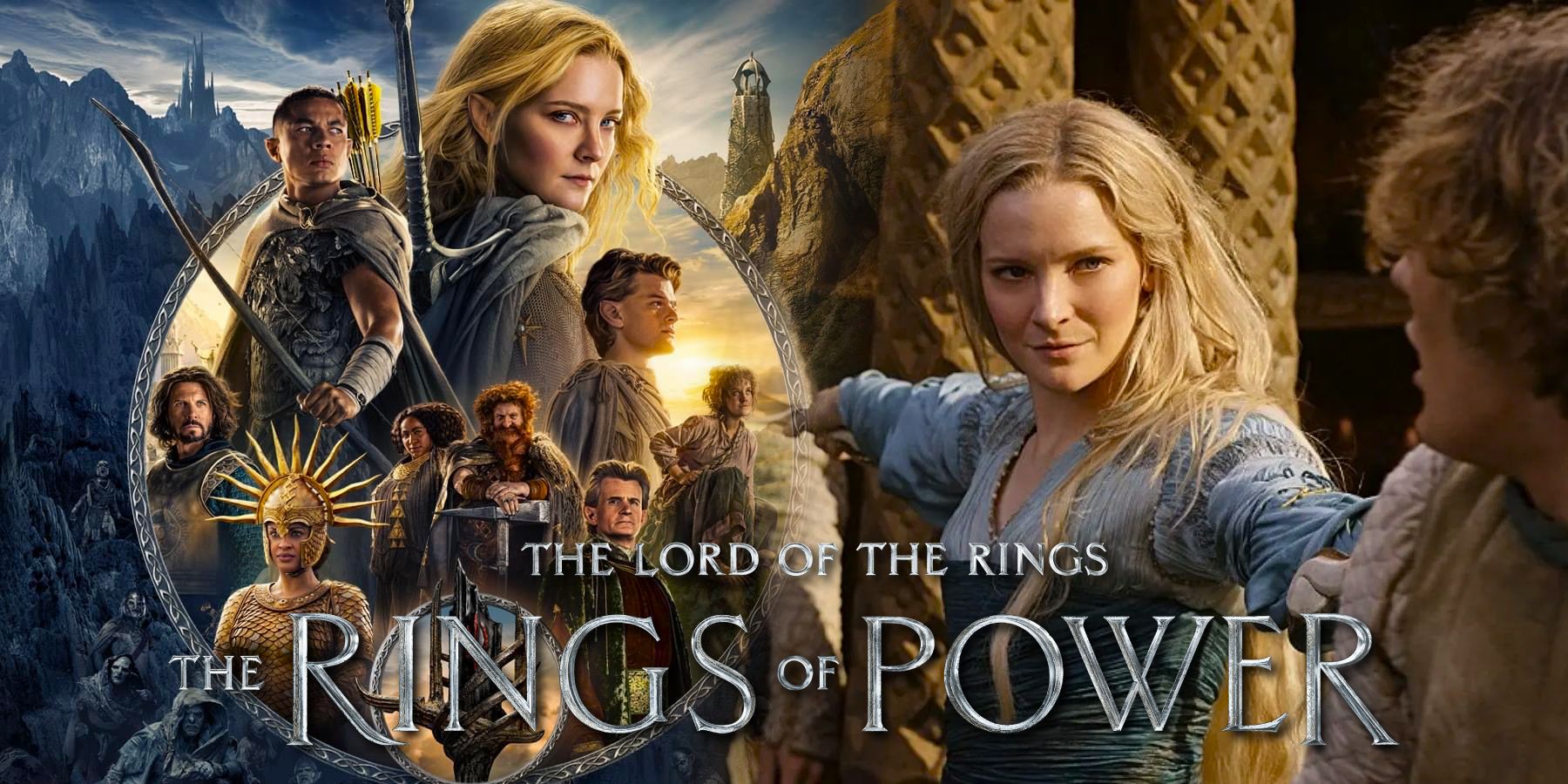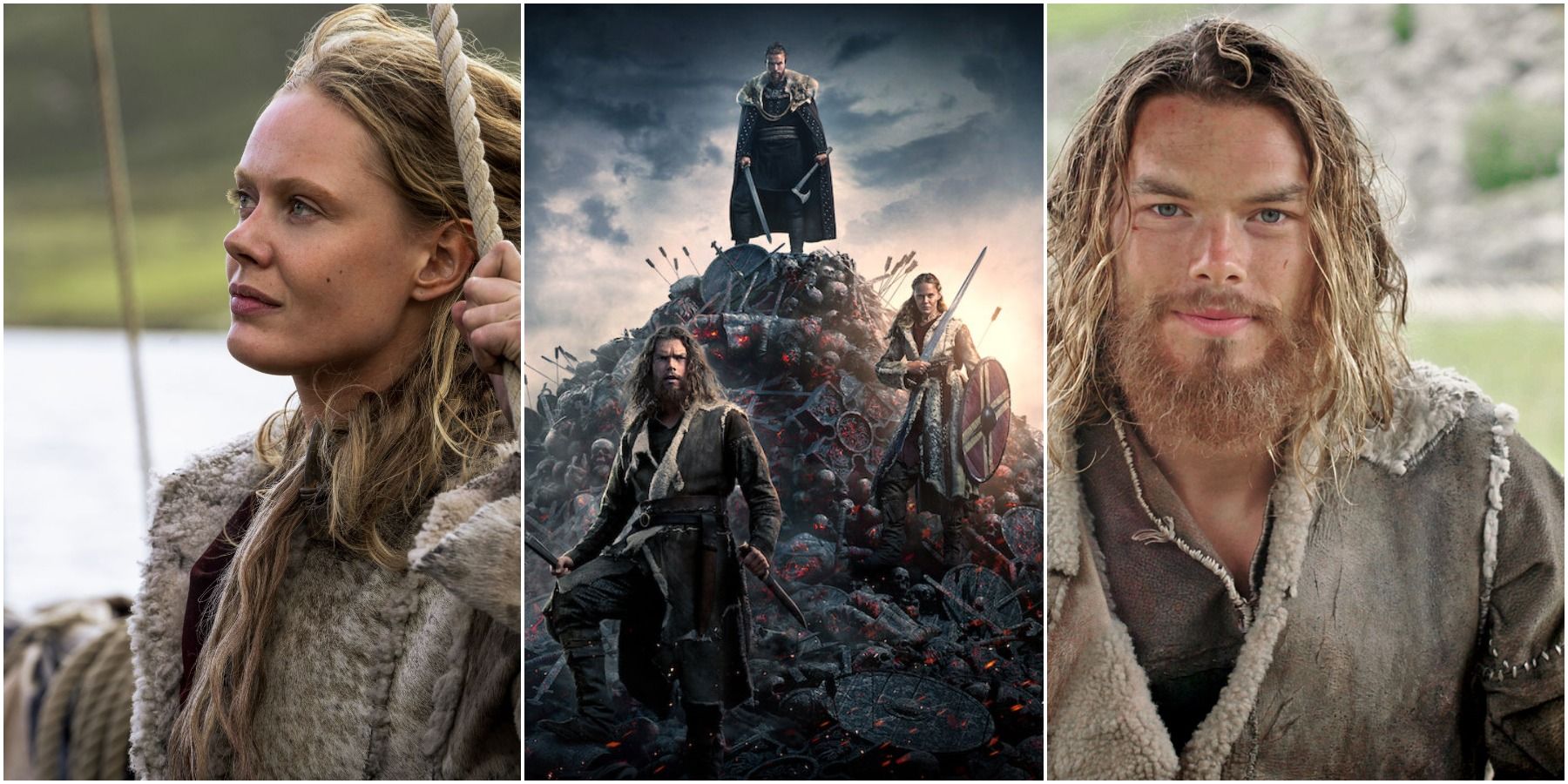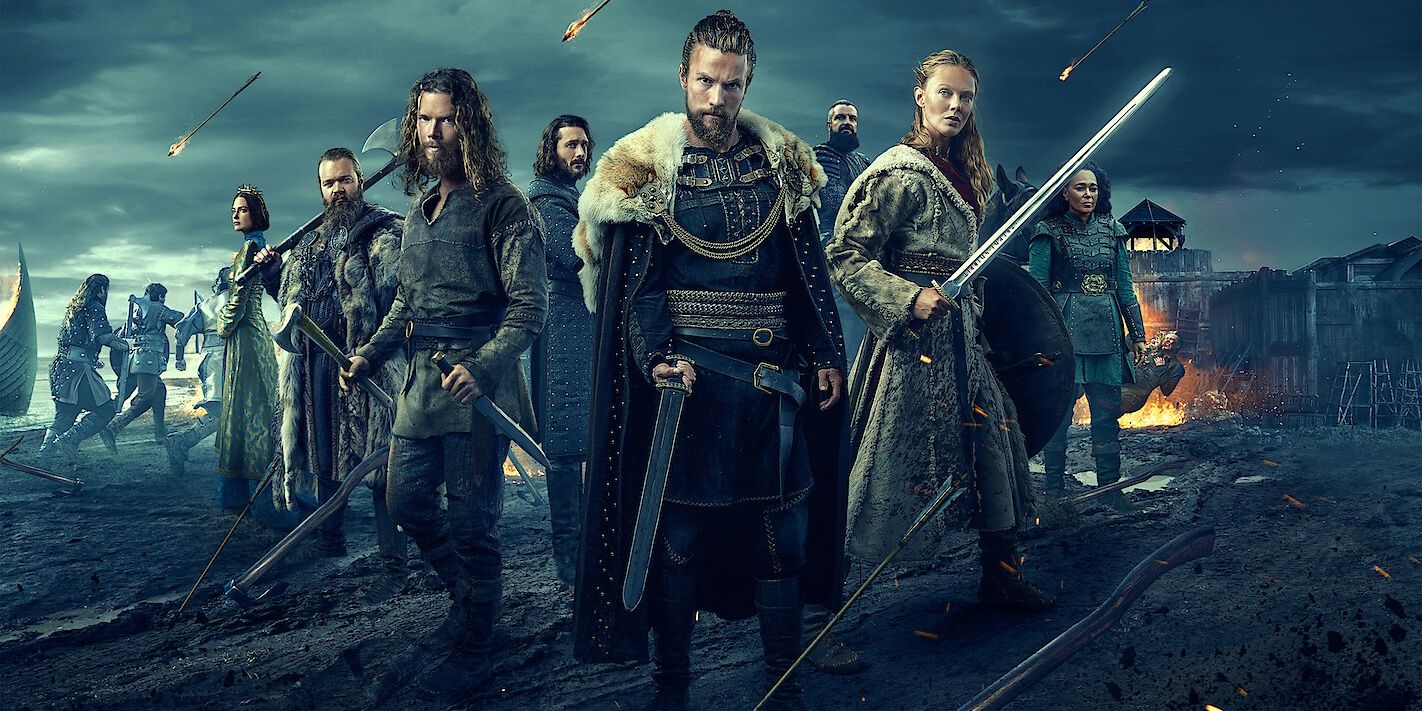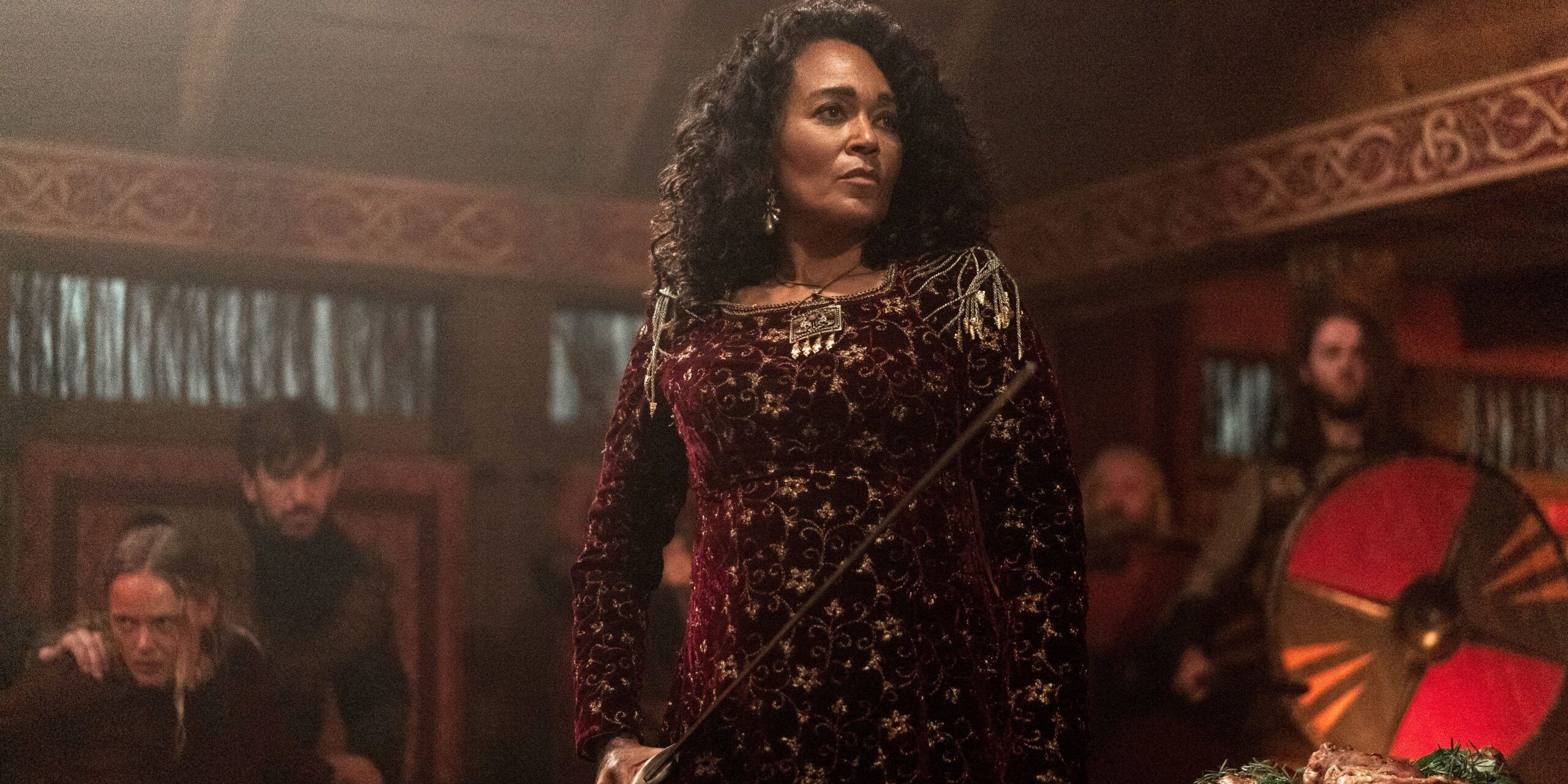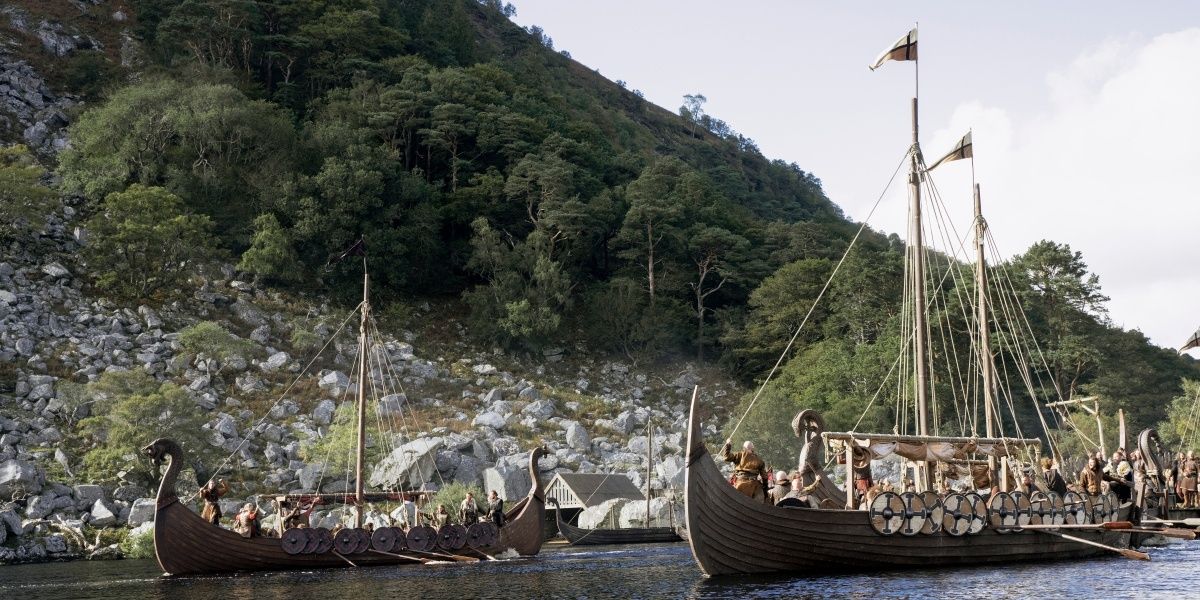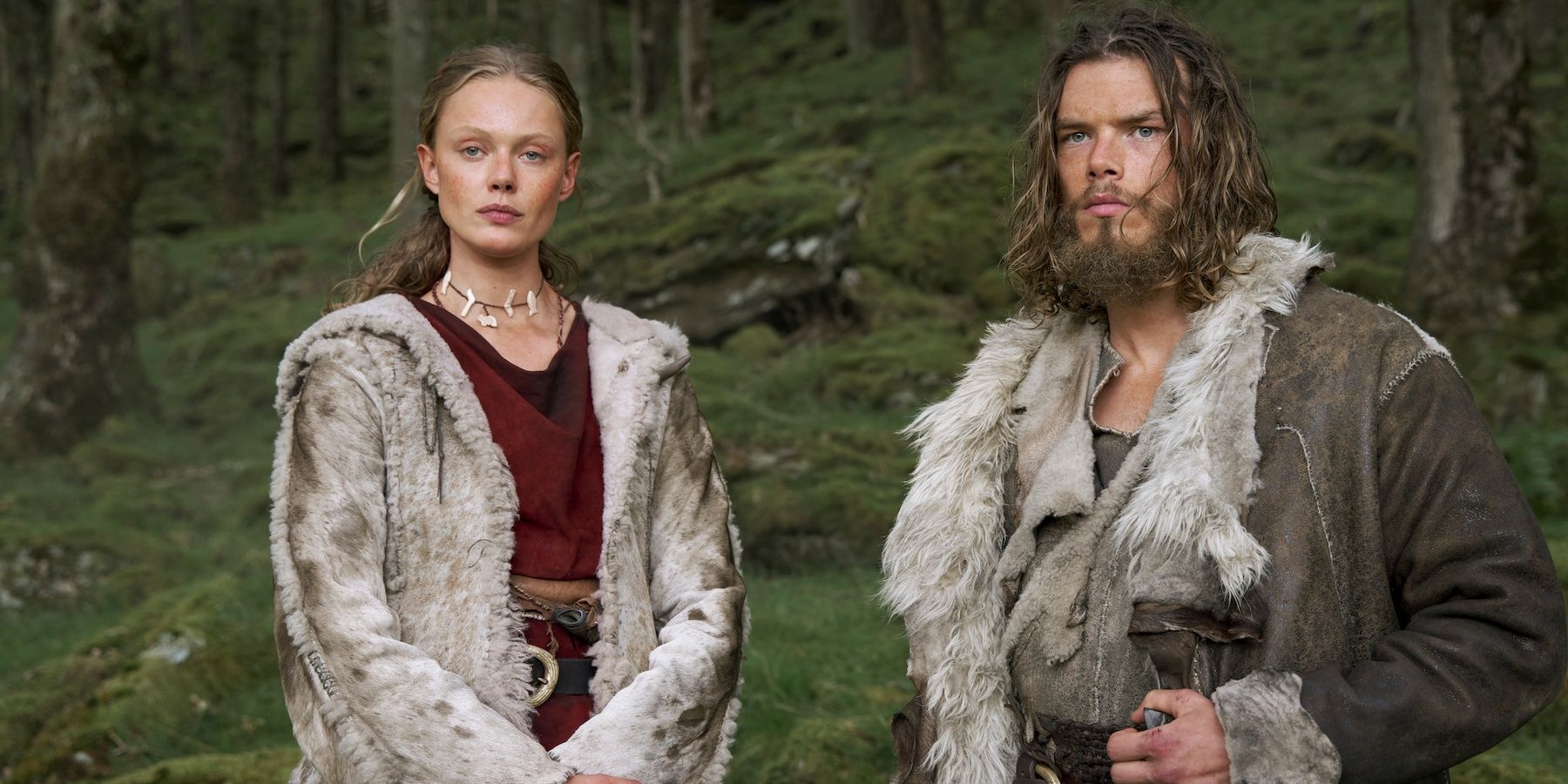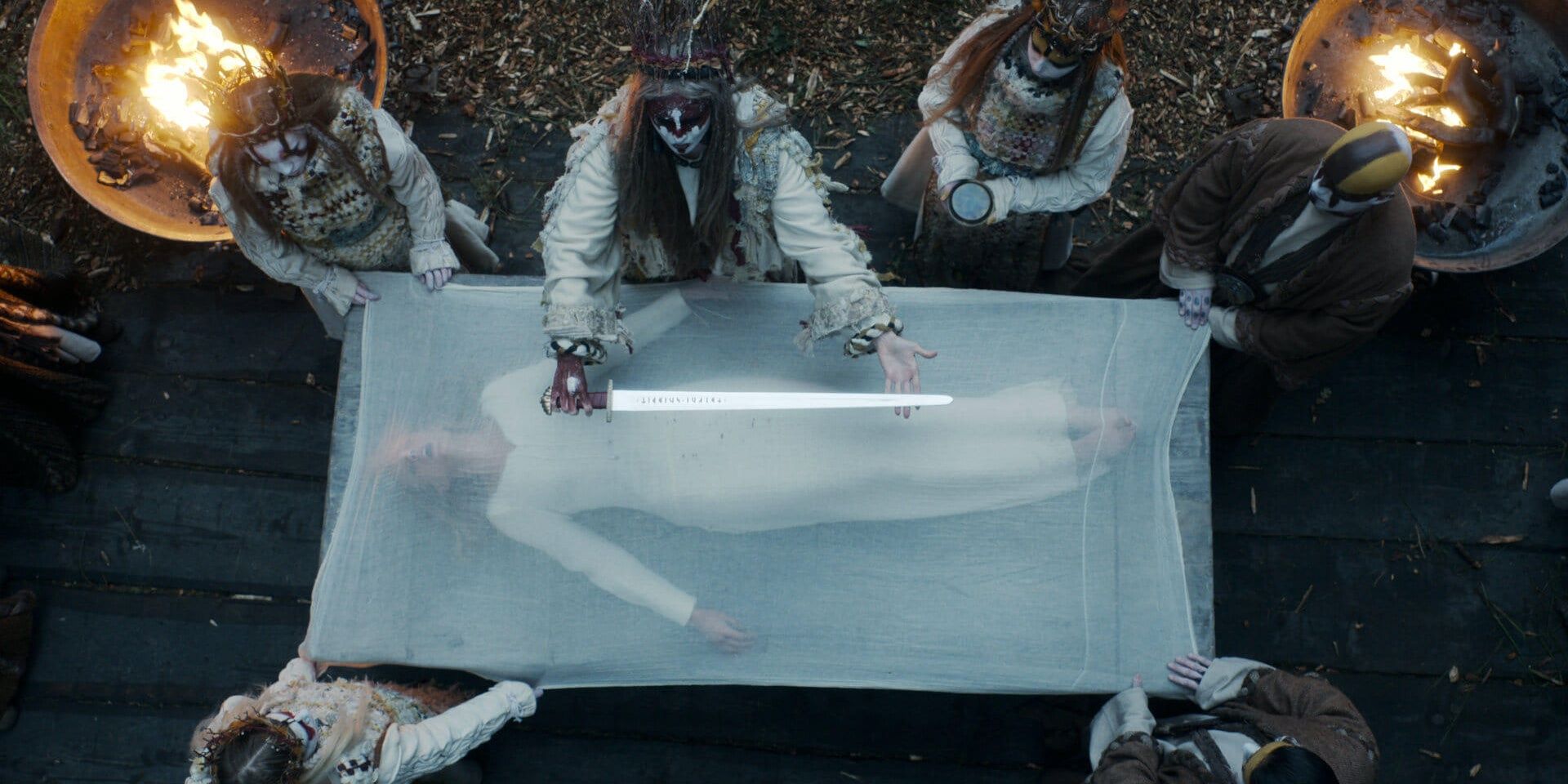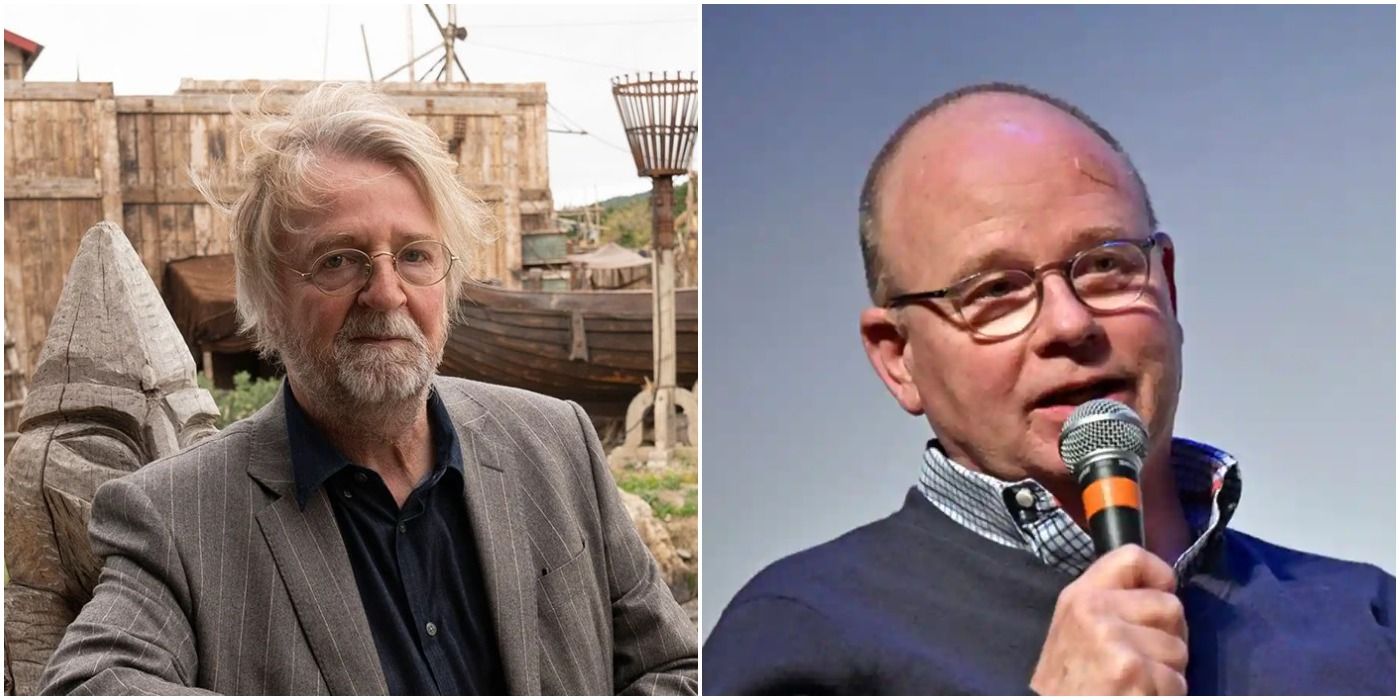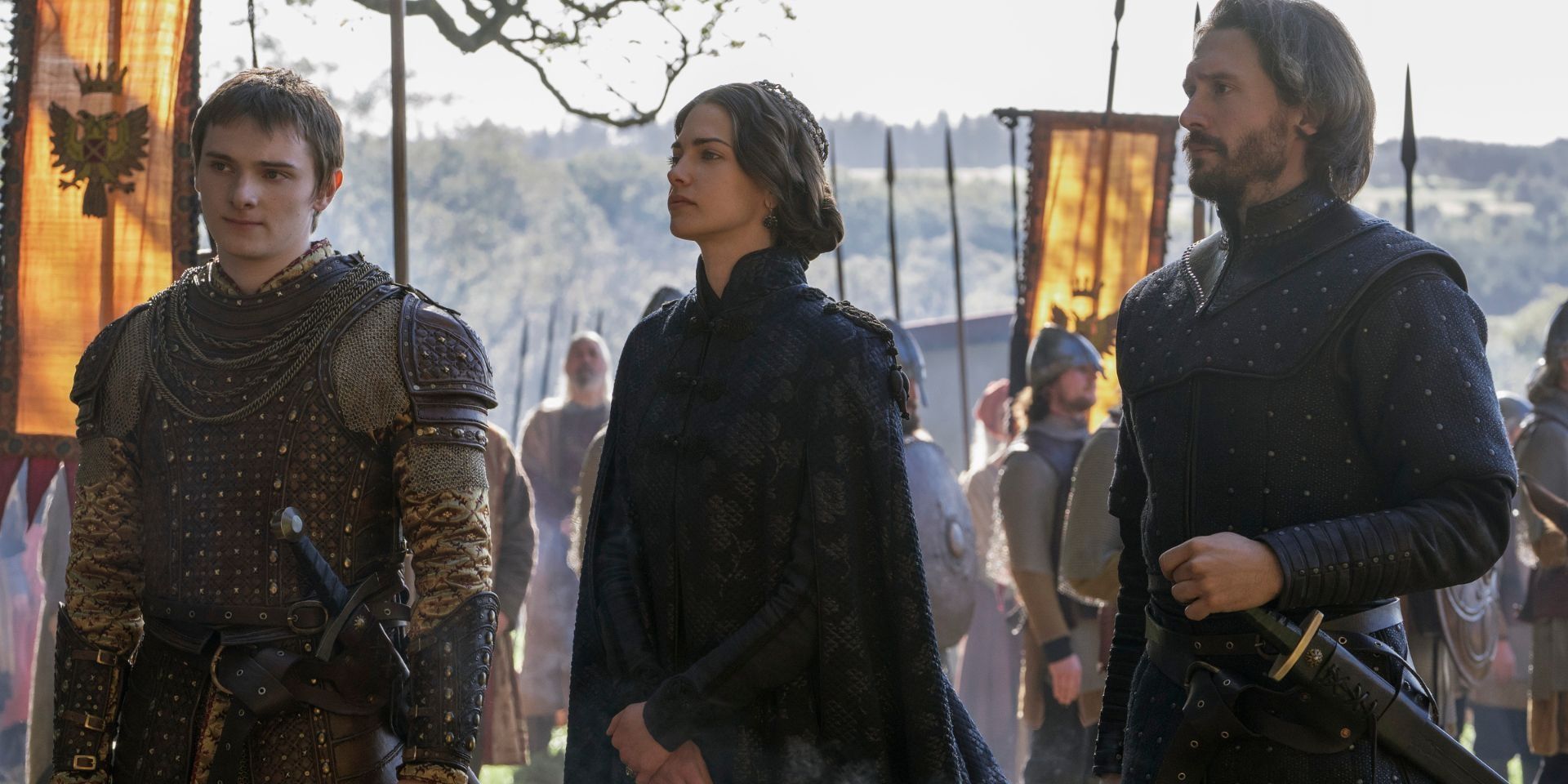Enter the next generation. Netflix recently released its new historical drama, Vikings: Valhalla. It's the much anticipated sequel to Vikings, the acclaimed History Channel series depicting the early explorations and conquests of the iconic Northmen. Rather than continuing with the same set of characters, Valhalla picks up 100 years later.
Fans are naturally curious to see how different it is. Which historical figures will it bring to life? How much of their sagas will be shown? More importantly, how does this new entry measure up to the original show? The short answer is that it fares pretty well.
7 New Faces
Obviously, the 100-year time jump yields a batch of new characters. Thankfully, they carry the baton like old pros. Most of the characters here are well-drawn with clear motivations. What's more is these motivations are strong enough to keep audiences interested.
Of course, the new cast also helps with such engagement. The show comes with a host of charismatic actors who make their roles their own. Not only are they right at home in a medieval setting, but they bring much-needed humanity to a harsh time. There's nothing like some new blood to revitalize a series.
6 An Evolved Setting
The world of Valhalla feels like the same one as Vikings. It's just advanced several decades thanks to the innovations and resulting discoveries. Places only glimpsed in the previous series, such as Africa, are now well-known lands which the Northmen have explored and traded with. The jarl of Kattegat comes from these foreign relations.
For people as well-traveled as the Vikings, it's only natural to blend into other cultures, and vice versa. That extends to their beliefs. Not all Norsemen here worship the Norse gods; many of them have converted to Christianity. In the old days, religious differences clearly separated the Vikings from everyone else. Now, that distinction has been turned on its head, thereby making the setting more complex and authentic.
5 Peak Production Values
Though they mostly subsist on cheap comedies and low-budget dramas, Netflix can put out products comparable to blockbuster films. Just look at The Witcher, Lost in Space, and The Last Kingdom. Thankfully, they reaffirm that here.
Due to an accomplished team, the production values are as impressive as they ever were. The sets, costumes, and makeup are shocking in their detail, and the number of extras onscreen sells the scale of the Viking invasion. These elements blend seamlessly (with a sprinkle of CGI) to deliver spectacular and creative battle sequences worthy of Skaldic songs. This is even more admirable considering how contained the original Vikings looked in its first season. By contrast, Valhalla hits the ground running.
4 Great For Newcomers
Since this is sequel series, one might assume Valhalla is unfriendly to newbies. The world can admittedly look overwhelming from a distance. Numerous factions and storylines emerge right out of the gate, and much of it is based on pre-established conflicts. The show should be a mess to the uninitiated, but the writers avoid that thanks to its two leads.
Viewers are guided into things by siblings Leif and Freydis. As outsiders, they provide a convenient audience proxy. Newcomers learn about the world as they do. What's more is that you're glad to step into their shoes. These two Greenlanders are active, emotionally engaging heroes with meaningful contributions to the narrative. Thus, as they become more invested in Viking events, so does the audience.
3 Complex Portrayal Of Religion
Like the last show, the dichotomy between Christianity and the Norse gods is a prominent part of the conflict here. Also like the last show, Valhalla gives credence to both beliefs. Each one has devout followers, and many of them are suspicious or downright hostile toward those on the other side. Such dogmatic behavior is a problem for both parties.
It would have been easy to portray either paganism or Christianity as the truly villainous force, but that would have been narrow-minded and unrealistic. People have different doctrines the world over, and every religion has those willing to force their views on others. In addition, some people simply aren't sure where their loyalties lie. Acknowledging this in the show is key to its believability and potency. Because audiences buy this faith-based conflict, the story and themes are more affecting.
2 A New Voice
The original Vikings was written in its entirety by Michael Hirst of Elizabeth and The Tudors fame; Jeb Stuart (and a writer's room) takes over for Valhalla. Viewers can definitely notice the difference. The supernatural imagery is largely absent, and the dialogue is more surface-level than Hirst's cerebral (sometimes minimalist) scripts. Nevertheless, the series is still compelling in its own right.
Stuart is a veteran of the industry, having written scripts for successful films like Die Hard and The Fugitive. The most relevant work, thought, is his most recent: fellow Netflix series The Liberator. He knows how to write a historical action drama about a somber hero being swept off to war. Suffice it to say, the franchise is in safe hands.
1 The Plot Paces Itself
When first proposed, Valhalla promised to delve into numerous Viking events left untouched, such as Leif Erikson's journey to America and William the Conqueror's Norman invasion of England. This might have worried some fans who feared the writers would cram too much into the first season. Thankfully, that's not the case. Stuart and company know exactly how much to dole out to viewers at a time.
Most of Season 1's narrative unfolds in England as the Vikings seek revenge for a past betrayal and establish a new leadership. In addition, problems arise back in Norway as religious zealots threaten a mass, bloody cleansing. Sticking to these two locales allows the story and its ensuing character drama to breathe. This lays a stronger foundation upon which later events can build, ensuring that audiences care about them that much more.

